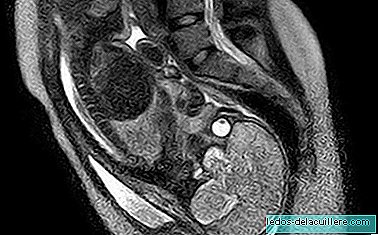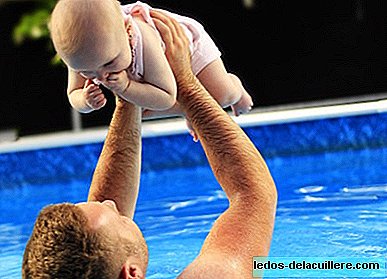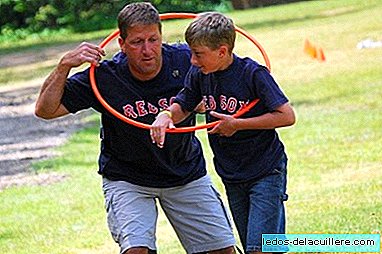
The only way to represent a birth has been, so far through drawings or computer animations. Now instead, and for the first time, It has been possible to see what a birth is like inside and in detail, thanks to the use of an MRI.
A group of specialists and a parturient moved to the apparatus in question to take quality snapshots of the birth process in what has been a project of about two years.
To begin with, an open MRI device had to be used, so that the woman had room to give birth and so that the professionals could attend her. In addition, work had to be done to control that the magnetic field emitted in the test did not infer with the baby's monitoring systems.
Even the problems of movement were solved, since in a habitual resonance the patient must remain still while the test is being carried out and in this case it was something impossible, logically.
For the test a pregnant woman was chosen who was not first time, whose previous deliveries would have been vaginal (and not caesarean) and not measured much (to fit and be comfortable), basically because all these characteristics minimized the risks of childbirth being problematic.

The truth is that they hit the spot. Mom gave birth to her baby in 45 minutes. The project director even commented, jokingly, that they "I would have liked the baby to take a little longer to get out, in order to capture more images, but the delivery was perfect."
The objective of this experience has been to observe how the organism behaves during delivery. As they have commented, it could even serve to understand why, sometimes, it is necessary to perform a C-section.
The truth is that the idea is good, the work is worthy of praise, but there is a small flaw in the planning: the woman gives birth lying down. If the intention was to see what a physiological delivery is like, the ideal is to see a vertical birth (Although doing a resonance to a mother standing, squatting or "four legs" must be very complicated). Now, if, as they say, it can be used to understand why some caesarean sections are performed, the posture is perfect because giving birth lying down is precisely one of the reasons that a birth can get worse, not progress and therefore end up in caesarean section.
In any case the images are curious to see and that's why I leave you with some more:
- This shows the baby's head located in the mother's pelvic area:

- In this placenta is seen just after the baby was born:

- To finish another image, this time once the placenta has left:













